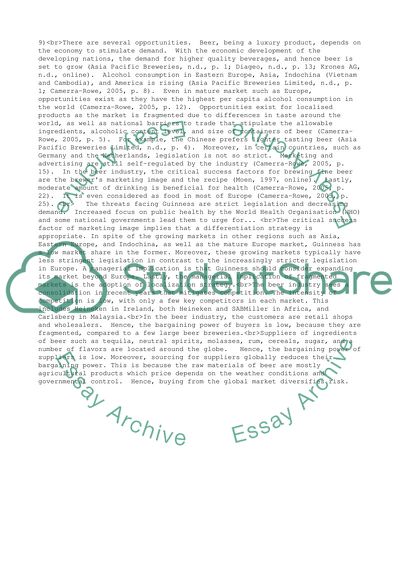Cite this document
(“Company Strategy Essay Example | Topics and Well Written Essays - 1250 words”, n.d.)
Company Strategy Essay Example | Topics and Well Written Essays - 1250 words. Retrieved from https://studentshare.org/business/1511079-company-strategy
Company Strategy Essay Example | Topics and Well Written Essays - 1250 words. Retrieved from https://studentshare.org/business/1511079-company-strategy
(Company Strategy Essay Example | Topics and Well Written Essays - 1250 Words)
Company Strategy Essay Example | Topics and Well Written Essays - 1250 Words. https://studentshare.org/business/1511079-company-strategy.
Company Strategy Essay Example | Topics and Well Written Essays - 1250 Words. https://studentshare.org/business/1511079-company-strategy.
“Company Strategy Essay Example | Topics and Well Written Essays - 1250 Words”, n.d. https://studentshare.org/business/1511079-company-strategy.


